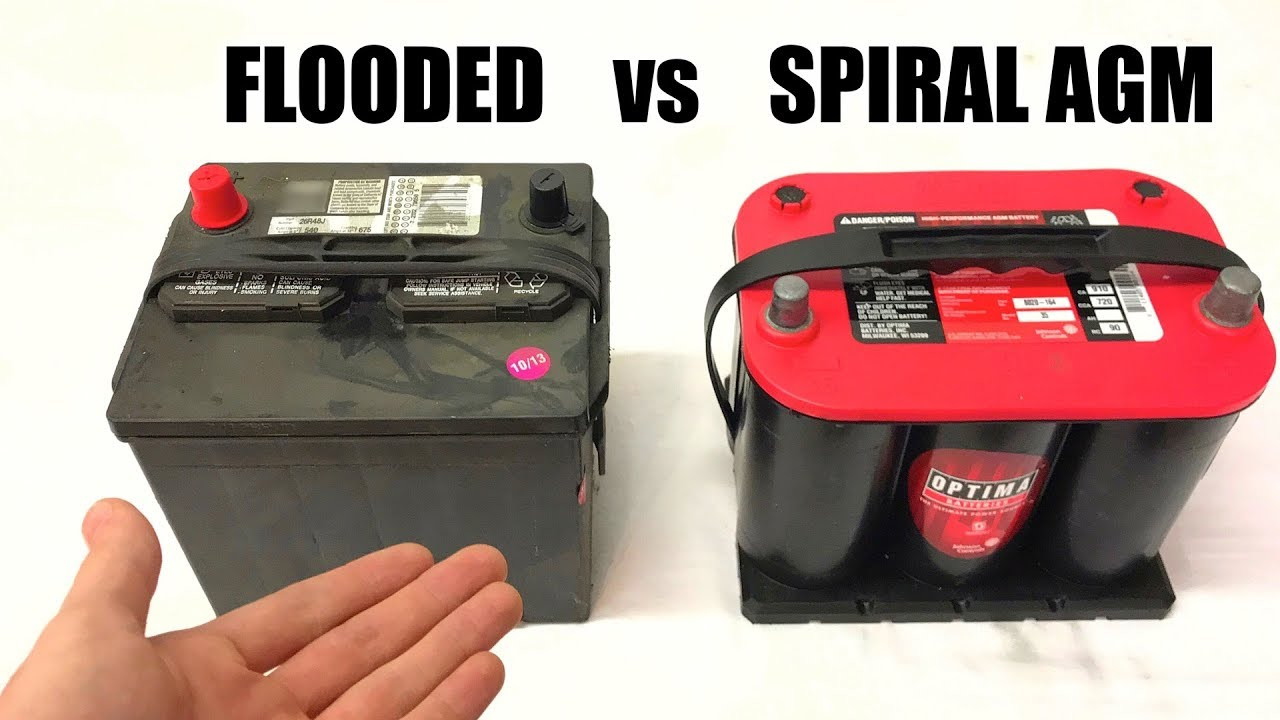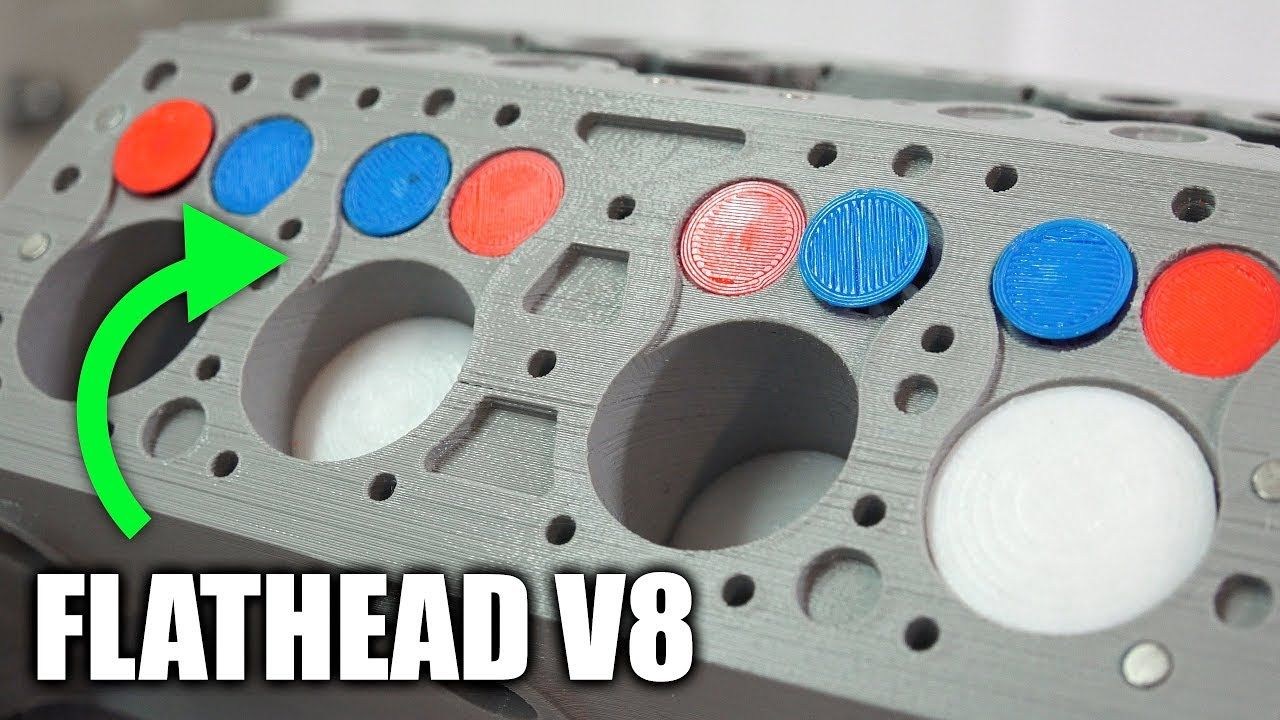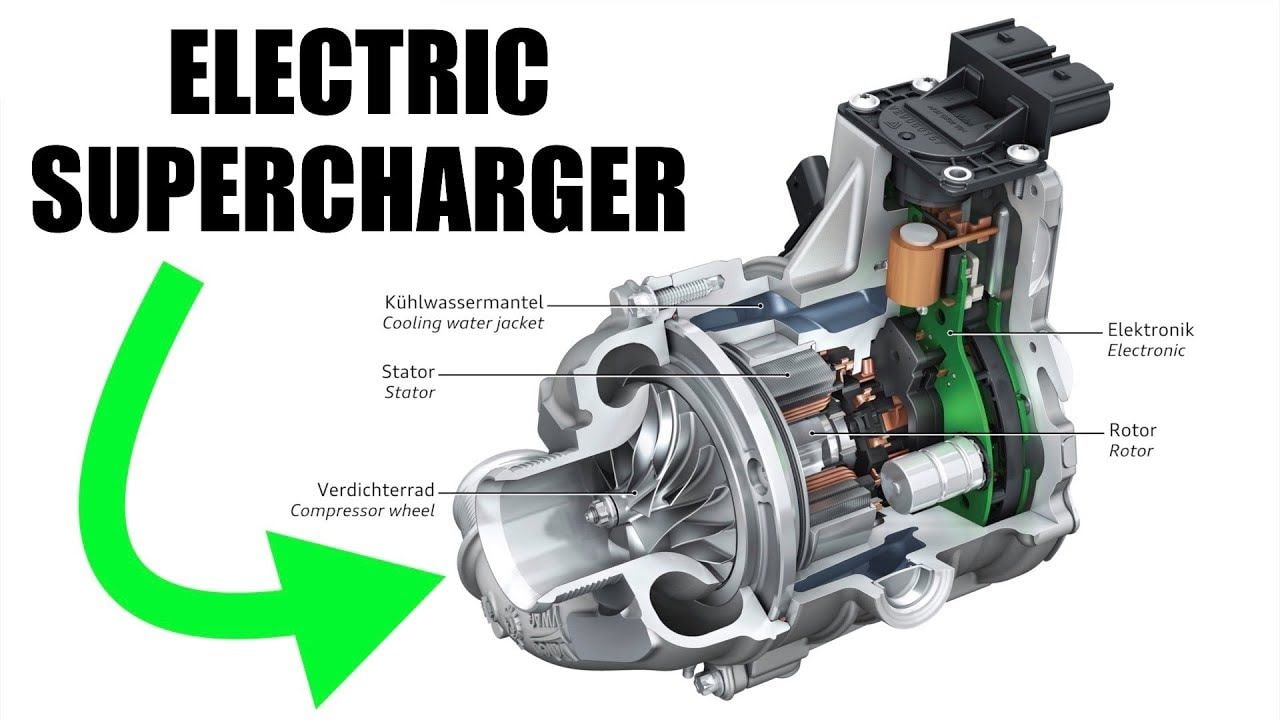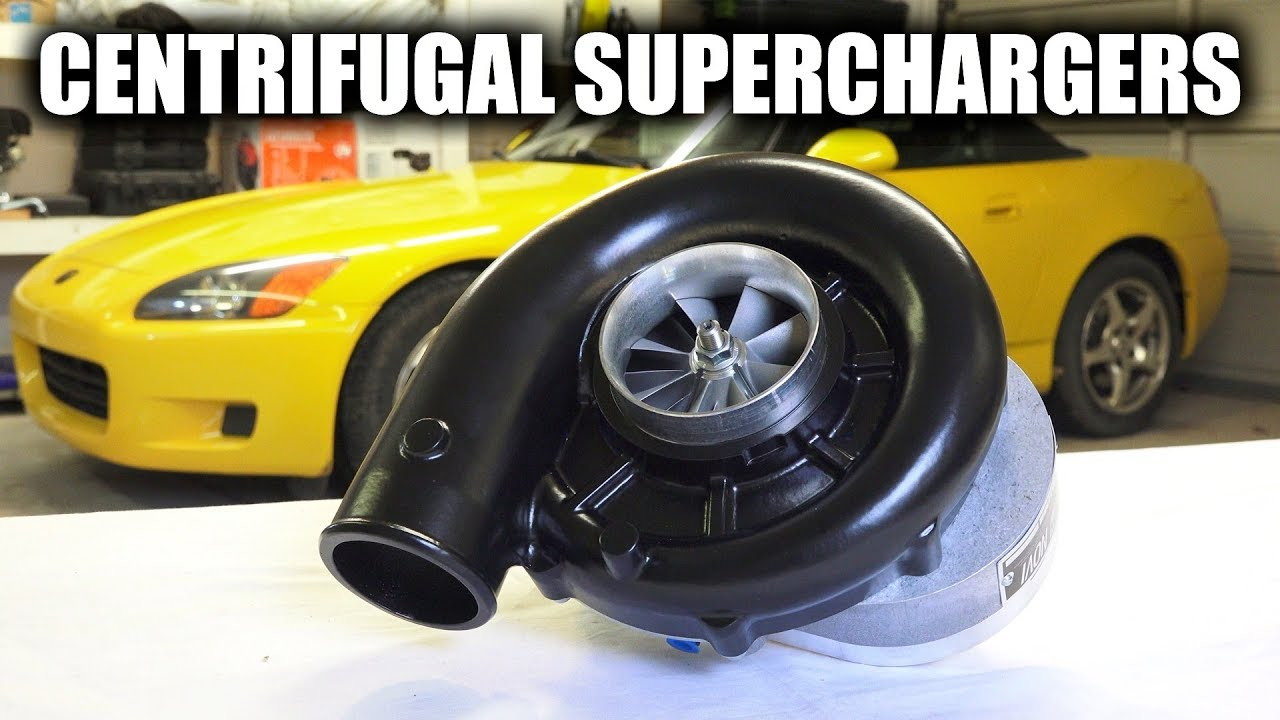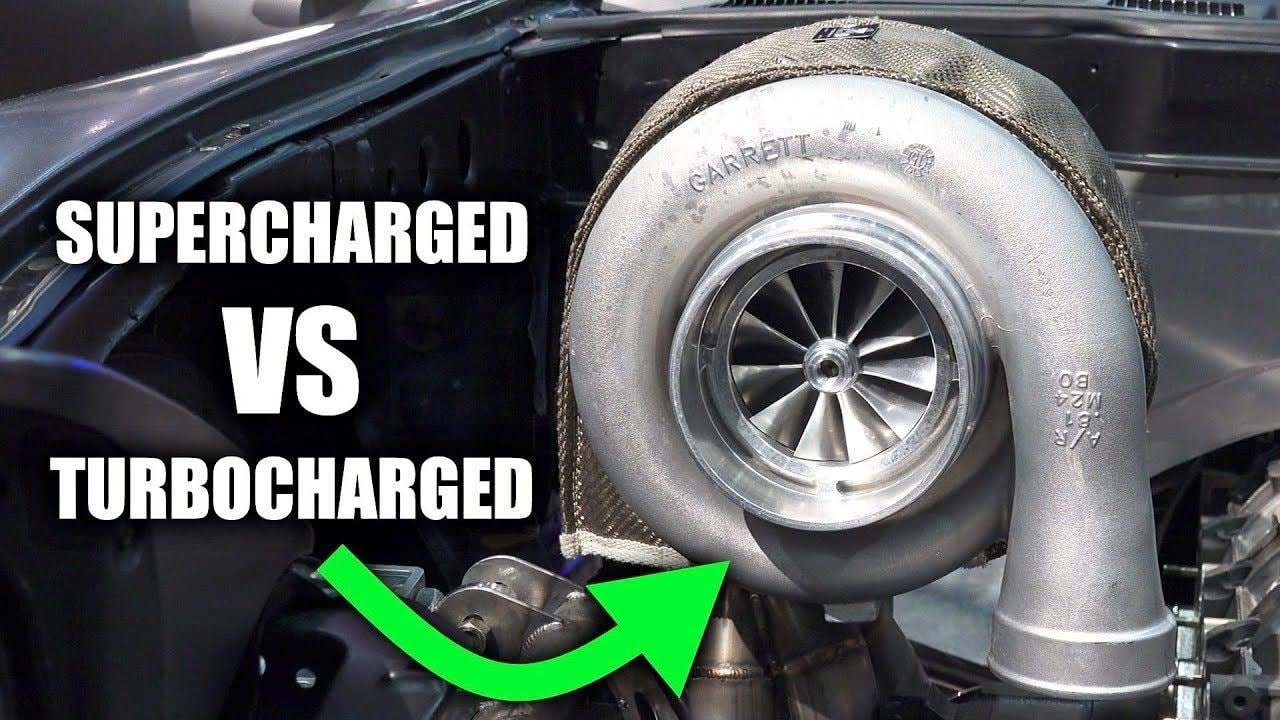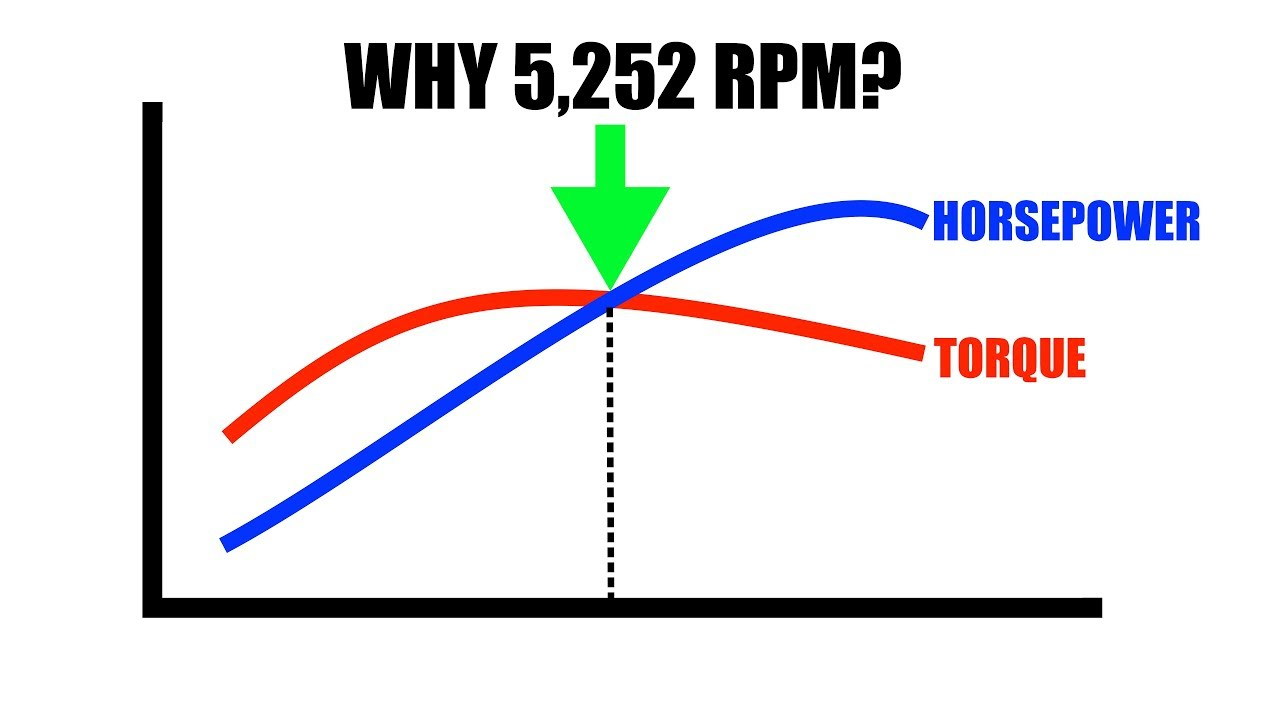Engineering Explained
-

When most of us pull up to the pump, we are in vehicles that require gasoline. A portion of us sidle up to diesel pumps. In the future, maybe we'll we'll drive vehicles with RCCI engines and we'll need to hit both pumps. The Reactivity Controlled Compression Ignition (RCCI) engine is a concept engine being developed by the University of Wisconsin-Madison, and it only exists in the lab. What it's capable of, however, could be revolutionary. Our friend Jason Fenkse from Engineering Explained is the perfect person to break it all down. The RCCI engine can deliver up to 60 percent thermal...
-
 What are the differences between flooded and AGM lead-acid batteries?
What are the differences between flooded and AGM lead-acid batteries?While the engine of your car might be its heart, it's the battery that provides the juice to get that engine moving. By now, you probably know plenty about how your engine works. Do you know anything about your battery, though? If not, you're going to need to watch this video from Engineering...
Jeff Glucker -
 5 reasons why diesel engines make more torque than gasoline engines
5 reasons why diesel engines make more torque than gasoline enginesHorsepower is fun in its own way, but torque can be just as entertaining. If you want to rip stumps out of the ground, you'll want a whole lot of torque. That also means you'll likely prefer a diesel engine. Compared to their gasoline-swilling counterparts, diesel engines are the torque kings. Why...
Jeff Glucker -
 Here's why expensive cars aren't always reliable
Here's why expensive cars aren't always reliableWhen you think about expensive automobiles, there's one data point that doesn't often enter into the discussion. That would be reliability. It seems the more you spend on a car, the less reliable it becomes. But is that truly the case? Jason Fenske from Engineering Explained is here to examine this...
Jeff Glucker -
 Here's how Mazda goes about reducing turbo lag
Here's how Mazda goes about reducing turbo lagMazda hasn't been shy about its dedication to the internal combustion engine. After all, the Japanese company will likely arrive first to market with a homogeneous charge compression ignition engine (HCCI), which will provide tremendous fuel economy improvements without the loss of performance. But...
Sean Szymkowski -
 Why don't pushrod engines have high redlines?
Why don't pushrod engines have high redlines?Pushrod engines may not be high-tech by today's standards, but they soldier on and have benefits of their own. One downfall, however, is their ability to rev. Pushrod engines tend to have rather low redlines. You won't find a GM small-block V-8 revving to 9,000 rpm, but there's a reason for it all...
Sean Szymkowski -

You pull up to the pump and you are presented with a few choices, and we're not talking about different fuel types here. We're talking, of course, about octane ratings. Those are large figures at the fueling station, and you know if you press the higher one you're going to spend more money. Why is that and what does is all mean? Jason Fenske from Engineering Explained is here to teach us about octane ratings, and their diesel cousin, the cetane rating. An octane rating is a scale to show you the knock resistance of a given quantity of fuel. Knock resistance relates to the amount of...
-
 Why Ford's flathead V-8 engine died
Why Ford's flathead V-8 engine diedFord's famed flathead V-8 was revolutionary when the automaker put the engine into production in 1932. It brought the V-8 to the mass market and ready power to hot rodders for decades to come. But its design would eventually make it outdated. After more than two decades of service, the flathead V-8...
Sean Szymkowski -
 Here's how Audi uses electric compressors to eliminate turbo lag
Here's how Audi uses electric compressors to eliminate turbo lagAutomakers have started using electric compressors to help eliminate lag in their turbocharged engines. The first with the technology was Audi, which introduced it in its SQ7 TDI high-performance diesel SUV sold overseas. The SUV's engine features a pair of turbochargers, a diesel V-8, a 48-volt...
Jeff Glucker -
 How dynamic skip fire tech can cut V-8 fuel use up to 20 percent
How dynamic skip fire tech can cut V-8 fuel use up to 20 percentThe dynamic skip fire system developed by Silicon Valley startup Tula Technology is set to make its debut in the 2019 Chevrolet Silverado and 2019 GMC Sierra, promising big fuel economy improvements for the big trucks. While normal drivers may never even realize the system is hard at work, Jason...
Sean Szymkowski -
 Should you start from a stop in second gear?
Should you start from a stop in second gear?Drivers have various reasons for starting in second gear, especially with a manual transmission. Perhaps first gear is too short, or snowy road conditions require lighter acceleration to avoid spinning the tires. But is that a good idea? Never fear because Jason Fenske of Engineering Explained is...
Sean Szymkowski -
 Here's how Audi is eliminating body roll
Here's how Audi is eliminating body rollToo much body roll is never a good thing. To tighten things up further, Audi has introduced a system featuring two electronic sway bars to nearly eliminate body roll. And who would be better to give us a walkthrough on how the system actually works than Jason Fenske of Engineering Explained. In the...
Sean Szymkowski -

Your car arrives from the factory. Bolted under the hood is an engine that makes modest power, and it does so by breathing just fine on its own. It could make more power though and that extra motivation could easily come by way of a bit of forced induction. It's time to supercharge your ride. But first, you should probably learn how a supercharger performs its magic. Let's allow Jason Fenske from Engineering Explained a few minutes of your time to school you on supercharger science. The most basic bit you need to know is that a supercharger crams more air into your cylinders. You're forcing...
-
 How did Volkswagen's diesel defeat device work?
How did Volkswagen's diesel defeat device work?Every media outlet in the world covered Volkswagen's tangled web of lies and deceit as "Dieselgate" opened up and spewed the truth nearly three years ago. Its consequences are ongoing today, and VW's future trajectory has been changed forever. But, how exactly did VW's "defeat device" work? Jason...
Sean Szymkowski -
 Mercedes created the world's most efficient racing engine
Mercedes created the world's most efficient racing engineMercedes-Benz dominated Formula One in 2017, and part of its success was no doubt due to its latest F1 powertrain. The big news surrounding the engine is the fact it achieves a 50-percent thermal efficiency. What's so special about that? Jason Fenske of Engineering Explained is here to tell us...
Sean Szymkowski -
 How to break in a new limited-slip differential
How to break in a new limited-slip differentialJason Fenske from Engineering Explained is starting to wrench on his Honda S2000 project car. One of the latest areas of the car he's attacking is the rear end. His yellow Honda is getting a brand new limited-slip differential with more aggressive gearing. Before he gets to enjoy that extra...
Jeff Glucker -
 What's the difference between horsepower and torque?
What's the difference between horsepower and torque?We toss the words "horsepower" and "torque" around pretty often in the automotive industry, but perhaps the meaning of both gets lost along the way. Never fear, Engineering Explained is here. In a new video, EE host Jason Fenske helps explain in the simplest of ways what power and torque are, and...
Sean Szymkowski -
 Which is better: a supercharger or turbocharger?
Which is better: a supercharger or turbocharger?There are two relatively simple options to boost (pun intended) horsepower in a vehicle: superchargers and turbochargers. But, which is better? Once again, Jason Fenske of Engineering Explained is here with an answer. It's important to understand how both options function first. A turbocharger...
Sean Szymkowski -

You blip the throttle and your engine revs rise. It's a fun game that can put a smile on your face as you wait for a red light to change to green. It doesn't matter if it's a lumbering diesel in a pickup or a muscular V-8 in a pony car, you're likely to crack a smile when you tap that throttle. In some cars, you might just find a maniacal Joker-esque smile though, if you have an engine at the ready and it's packing a red line of 9,000 rpm or greater. How is that possible when the average car revs to just 6,000 or 7,000 rpm? Jason Fenske from Engineering Explained is here with some answers...
-
 Why do horsepower and torque cross at 5,252 rpm?
Why do horsepower and torque cross at 5,252 rpm?We've talked in the past about the relationship between horsepower and torque. They work together, and horsepower needs torque to make you and your car happy. There's one magic number though that doesn't get much ink spilled its way, virtual or otherwise. The number is 5,252, and it's the point in...
Jeff Glucker -
 What exactly is the difference between horsepower and torque?
What exactly is the difference between horsepower and torque?There's a battle of words that occurs when a group of people begin arguing over who has the fastest machine. All sorts of performance metrics are thrown around, and it can quickly become a miasma of uninformed soup. Some think they're going to win a race because they have more horsepower, while...
Jeff Glucker -
 Why do electric cars usually have only 1 gear?
Why do electric cars usually have only 1 gear?You won't jump into a modern electric car and row through a number of gears as you race down the road, which begs the question: why is it that electric cars usually have only one gear? It's but another topic for Jason Fenske of Engineering Explained to cover for us, so throw on your learning caps...
Sean Szymkowski -
 If your car recommends premium gas, should you use it?
If your car recommends premium gas, should you use it?You know those car ads you see filling every commercial break of your favorite television show? Look closely and you'll see a fair number of them touting either a given vehicle's power output or perhaps the estimated fuel economy figures. There's usually also a disclaimer stating that a certain...
Jeff Glucker -
 How the Ford GT's trick suspension has two unique spring rates
How the Ford GT's trick suspension has two unique spring ratesThe second-generation Ford GT packs incredible engineering no matter where one's eyes may scan. Be it aerodynamics, engine technology, or the suspension, there's always more than meets the eye. Here, however, we're talking about the GT's suspension, which is anything but traditional. It uses coil...
Sean Szymkowski

